Satellites are becoming a big problem for astronomy — and they’re affecting one area you should care about: asteroid detection.
“If you miss exactly the one asteroid that is going to hit New York or some other city on the globe, no amount of money can make up for this,” says Siegfried Eggl, Assistant Professor at the University of Illinois at Urbana-Champaign.
It’s a chilling realization, especially considering how much we don’t know yet. We haven’t discovered most of the asteroids capable of wiping out cities and there could even be some planet killers we don’t know about yet.
This is why it’s so important to ensure that astronomers can do their job as companies put more satellites into space. But it’s getting increasingly challenging.
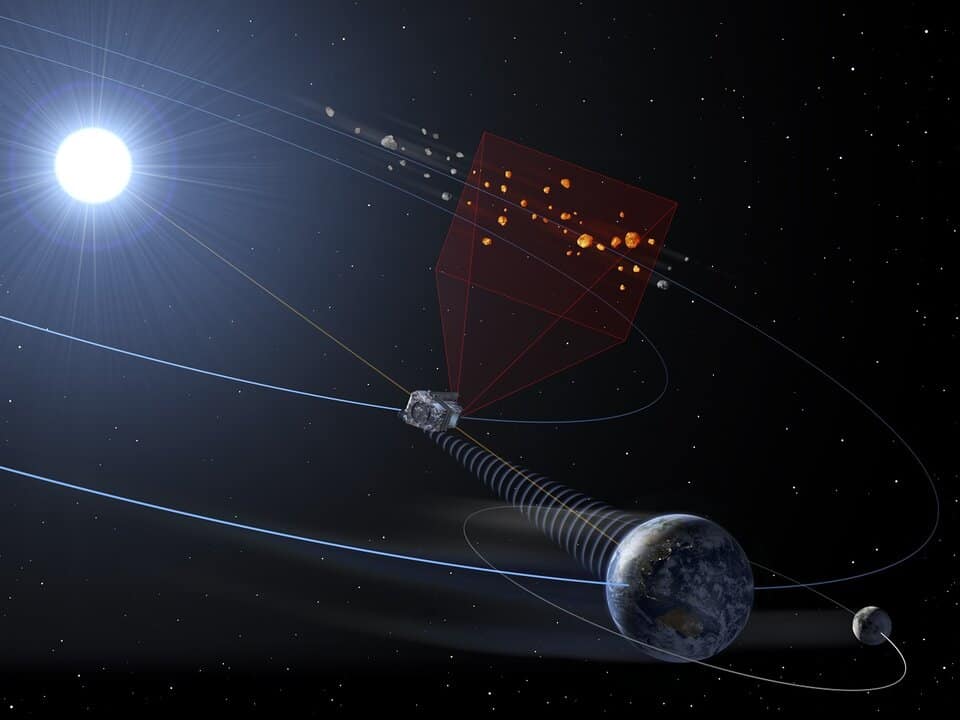
Modern satellites are an important technological boon, paving the way for true, global, interconnectivity. But there’s a problem — well, a few problems, actually. For starters, satellites are cluttering up near-Earth orbit, creating an unprecedented jam. They’re also leaking radiation which is interfering with astronomical observations. But perhaps most importantly, they’re causing problems for asteroid detection programs.
“There is this huge space race now going on,” Eggl told ZME Science. “A lot of companies are launching a lot of satellites and that’s very good for aerospace engineering and for the general space industry. I applaud these efforts on one hand because they are helping people around the globe connect and they are advancing us as a species. But on the other hand, we need to be very careful with the environmental impact these launches have.”
Eggl spoke at the European Astronomical Society meeting in Krakow, Poland, at a session dedicated to astronomy in the era of large satellite constellations. I met up with him afterward to discuss how satellites interfere with asteroid detection programs — and what can be done to fix this.
Constellations of artificial satellites are already a reality for astronomers, and they’re a growing concern in some fields. Traditionally, satellites were launched for scientific or observation purposes. Increasingly, however, they’ve become appealing to telecommunication companies. Companies deliver GPS navigation, phone service, and even the internet through satellites nowadays, which is obviously helpful.
But it’s not all good.
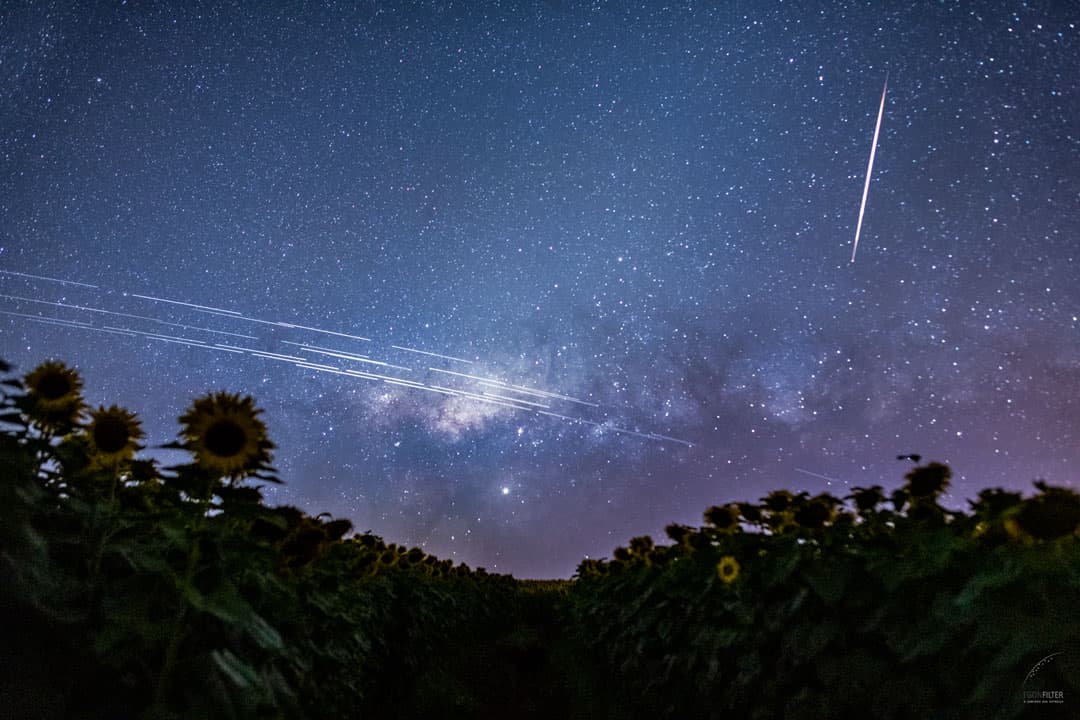
For radio astronomy, the field which studies the universe using radio frequencies, satellites can be very obtrusive.
“But even for optical astronomy, and the way we perceive the sky, the satellites can have an impact, because in part of their orbits, the sunlight is reflected off of the solar panels,” says Eggl.
SpaceX already has an impressive number of satellites in outer space: over 4,500, with plenty more to be launched soon. But even this pales in comparison to what’s to come soon.
China plans to launch a massive constellation of satellites called Guowang, with over 12,000 satellites planned. SpaceX itself announced plans to launch over 7,500 satellites (in just the first phase), and several other operators have plans to put thousands of satellites into space. No doubt, the Earth’s orbit will become crowded in only a few years.
But we’re already seeing some of the problems now.
Finding the planet killers
Starlink satellites are sometimes even visible to the naked eye — imagine what they’re doing to high-powered instruments. The company says they’ve made upgrades to reduce the light pollution that their satellites produce, but it’s unclear just how effective this will be. The reason why this is so concerning is that these satellites could interfere with efforts to detect hazardous asteroids.
“At the moment, we are really trying to ramp up our abilities to find potential hazardous asteroids,” says Eggl. “For the global killers, we have done a pretty good job, mostly based on NASA funding. We know about, I would say, 90% of those asteroids that can have global impact if they hit us.”
That still leaves a not-so-reassuring estimate of around 10% of planet-killer asteroids that we may not be aware of. For smaller asteroids (asteroids that can wipe out counties or smaller countries), the unknowns are even greater. There are models, estimates, and predictions, but it’s better to see the asteroids directly — and satellites are interfering with these efforts.
“When satellites are reflecting sunlight, they are really interfering with this process of us finding asteroids, or trying to figure out more about the universe,” Eggl mentions.
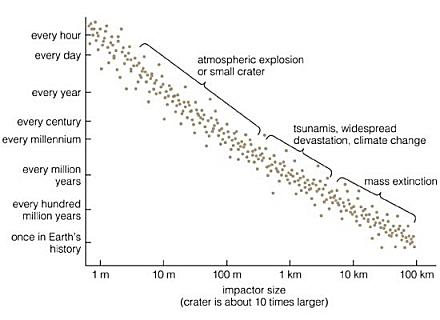
Detecting asteroids is challenging. Like stars, they only come out at night. It’s hard to see what’s hiding in the glare of the Sun. A number of dangerous asteroids could be hidden and we may know nothing about them yet. Researchers are trying to push this boundary and find more asteroids that are difficult to detect. But this is exactly where satellites are hurting the most.
“We believe that a lot of the ones that are missing are hiding somewhere,” Eggl says, “sort of in the vicinity of the Earth’s orbit. That is where satellite constellations come into play again because these are exactly the areas that you would observe, like in the twilight, and that is where satellites are reflecting sunlight the most because some of their parts of the orbits are obscured by the Earth. So they are in the shadow. But especially when you look along the orbit of the Earth, in the twilight zones, this is where the satellites become most prominent in the optical range.”
This is where the new Vera C. Rubin observatory can come in.
Vera C. Rubin versus satellites
The Vera C. Rubin Observatory is one of the most exciting projects in modern astronomy. The observatory hasn’t been launched yet, but the stakes are high.
Previously referred to as the Large Synoptic Survey Telescope (LSST), it will create an unprecedented astronomical data set for studies of the deep and dynamic universe. But it will also help us to map the solar system in unprecedented detail. It’s not completed yet, it’s still under construction in Chile, but when it is completed, it will become the largest astronomical all-sky survey telescope.
Among other objectives (like studying dark matter and mapping the Milky Way), the Vera C. Rubin Observatory will also help astronomers detect many more small objects in our solar system than before.
It’s estimated that the observatory will discover over 9,000 near-Earth-asteroids larger than the Tunguska asteroid and even more smaller asteroids. These are not “planet killers” but they are “city killers” — and Vera C. Rubin will double the number of these known dangerous asteroids.
But here too, satellites could be a bit of a problem.
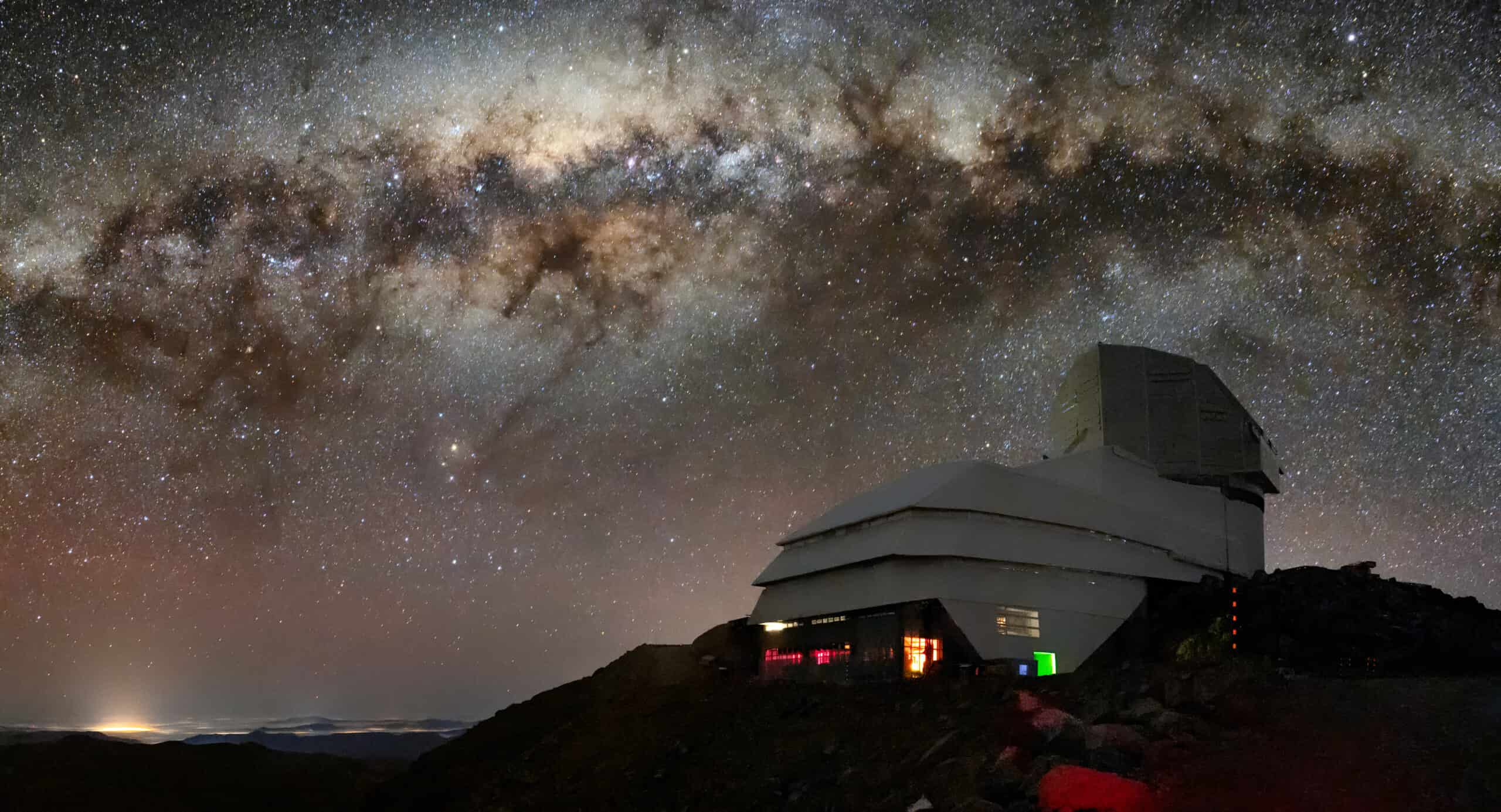
To confirm that an object is indeed an asteroid, it will need to be detected six times — ideally twice per night, over three nights. But if one of those detections is ruined, say by a satellite light streak, then it can become a failed discovery, and the certainty is lost.
Researchers like Eggl are working to forecast the impact that satellites will have on the observatory and mitigate these effects.
“If the ultrabright satellites would harm our detectors or interfere in a way that would literally make us have to avoid them, this is something we need to know in advance. So one of the studies that we are currently performing is a sort of impact assessment.”
There are different types of simulations, but they are all pointing in the same direction: satellite companies should reduce the brightness of their satellites. Without this, astronomers will invariably lose some of the survey data, and in that survey data, there could be a potentially dangerous asteroid.
“We are designing surveys to make sure that we can still perform them, especially in the twilight, and making sure that the satellite interference doesn’t completely obliterate the data that we get out there.”
Can everyone play ball?
The satellite impact depends on the brightness of the satellites, so the first thing to do would be to reduce satellite reflectivity. Communication and agreement is key, because legislation and enforcement are unlikely to be dropped any time soon — and the number of satellites keeps growing. So Eggl hopes that researchers and companies can work together to reach an acceptable agreement.
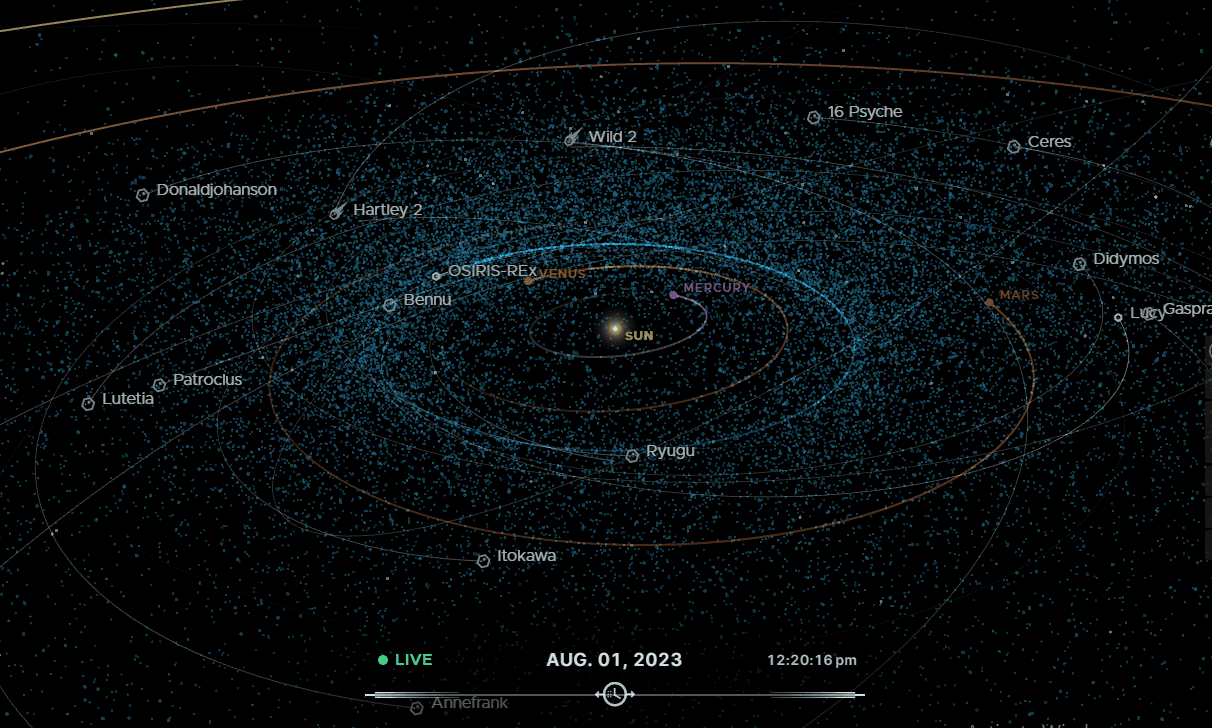
The good news is that companies, or at least some companies, have been receptive to what astronomers are saying. Eggl gives SpaceX as a positive example, which is trying various strategies to mitigate the problems caused by its satellite fleet. These include coatings and dielectric mirrors to reduce the brightness and light pollution of its satellites. But so far, it’s not clear whether such strategies are working to a level that’s satisfactory. It’s not a catastrophic loss of data, but it’s significant.
Besides, with more companies from around the world entering the satellite race, it gets more and more difficult to get everyone on board. And as we only know around 20-30% of the potential “city killer” asteroids, we can’t afford the alternative.
A recent study quantified the effect that some of the planned satellites will have on the Vera C. Rubin Observatory, and how the observatory can adjust and mitigate these effects.
“Given a reasonably accurate satellite orbit forecast, we find it is possible to adjust the scheduler algorithm to effectively avoid some satellites. Overall, sacrificing 10% of LSST observing time to avoid satellites reduces the fraction of LSST visits with streaks by a factor of 2. Whether such mitigation will be required depends on the overall impact of streaks on science, which is not yet well quantified,” the study concluded.
Researchers are working on a network that would enable astronomers to know where satellites are, but this is still in the design phase.
“We are currently trying to get funding from institutions to develop such a network where, in essence, we can take all the data that we receive from several government sources, and determine when the satellites are going to be bright based on what the operators tell us about the attitude. With this, we can then send out messages in real-time to tell folks, you know, ‘now you may be interfering with one or the other observatory, please tilt the satellite out of the way’.”
This approach has its limits and is still in the design phase. But even if it works, it won’t be easy. Dodging satellites also means you need to use the observatory for a longer time, which means more money spent doing the same research — essentially, it’s an externality of satellites. Another option that Eggl mentions is to simply make more observations, but this poses the same problem of spending more time and resources.
Without satellite companies truly making an effort to comply with astronomers’ requests, this approach is an uphill battle.
Thankfully, most companies are receptive, says Eggl. But this is still the early days and a lot can change.
“If companies are volunteering and solving the challenge on their own, based on good faith, regulations aren’t necessarily needed. If that is not the case, there’s going to be something that we need to do,” he adds, referring to regulation. “I would say, sooner or later, if voluntary actions are not sufficient to solve the problem, something has to be done.”
Early detection is key
The prospect of a dangerous asteroid hitting the Earth has been explored in art and fiction a million times over. While movies are often cheesy and don’t get the science right, the prospect of an asteroid hitting the Earth is not far-fetched. Sure, planet killers are very unlikely, but Tunguska events can happen once every century.
We’re not helpless in the face of such asteroids. As the DART mission showed, we already have the technology to intercept asteroids and change their trajectory. But all of this depends on early detection. If we can’t detect asteroids early enough, our planetary defense ability drops spectacularly.
It’s a high-stakes challenge and one that’s really important to get right. It’s a delicate balance between the advantages that satellites bring and the potential risks that they raise. As the space industry continues to expand, the potential for clashes between commercial, scientific and safety interests will only increase.
This is also about far more than just asteroids. It’s about access to the sky, which we take for granted, but is becoming increasingly fought over.
“Astronomy is important,” concludes Eggl. “It’s important for people — not only for professional astronomers but also for people who just enjoy the night sky. If that changes completely based on the satellites that are being launched, it is the destruction of heritage and destruction of our ability to understand more about the cosmos.”
Space is the final frontier, and as we continue to explore and populate it with man-made satellites, it is more important than ever that we do so responsibly. A balance between the indispensable value of satellite technology and the necessity of preserving our astronomical observations is achievable, but it requires a common understanding and a shared commitment to the well-being of our planet.






